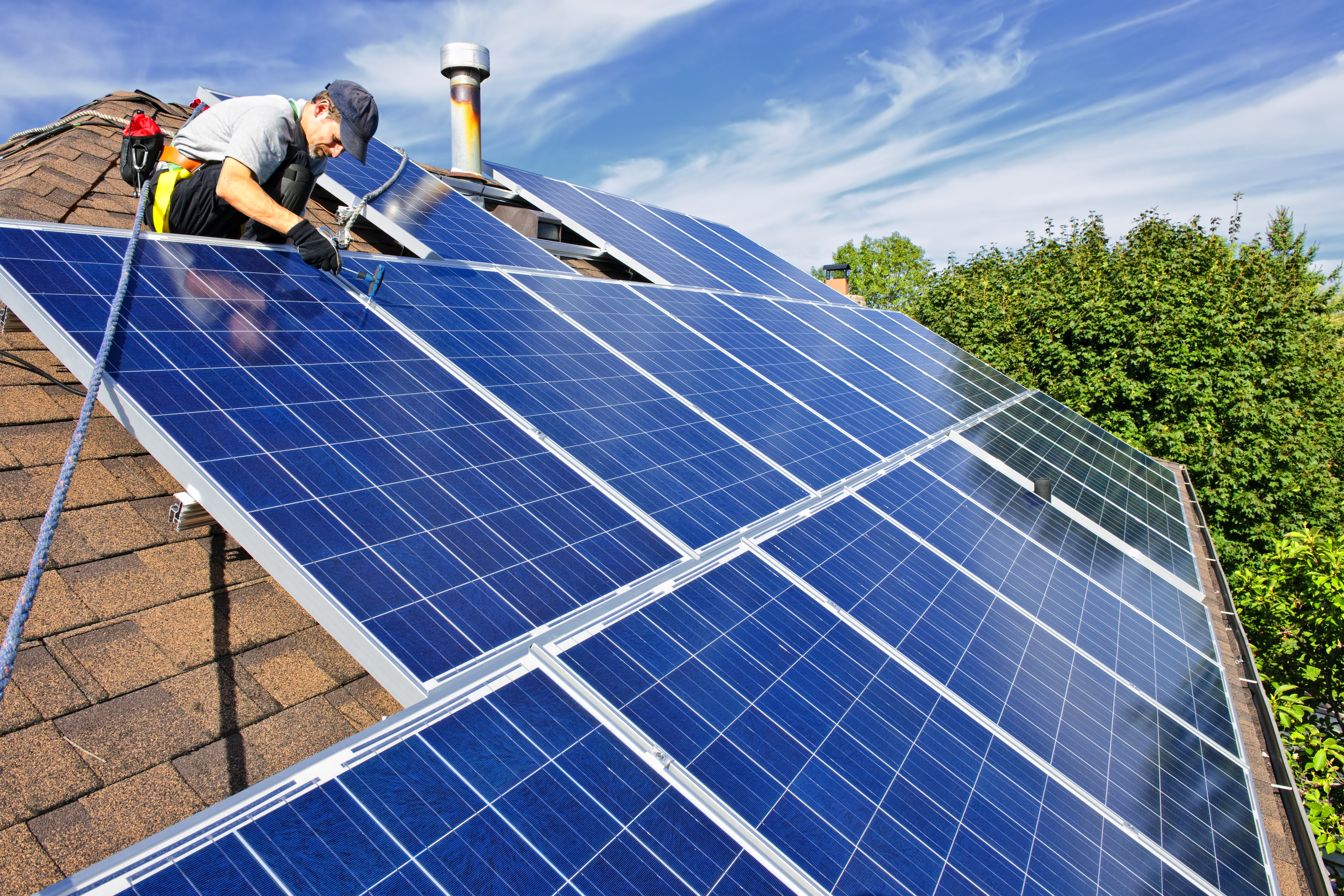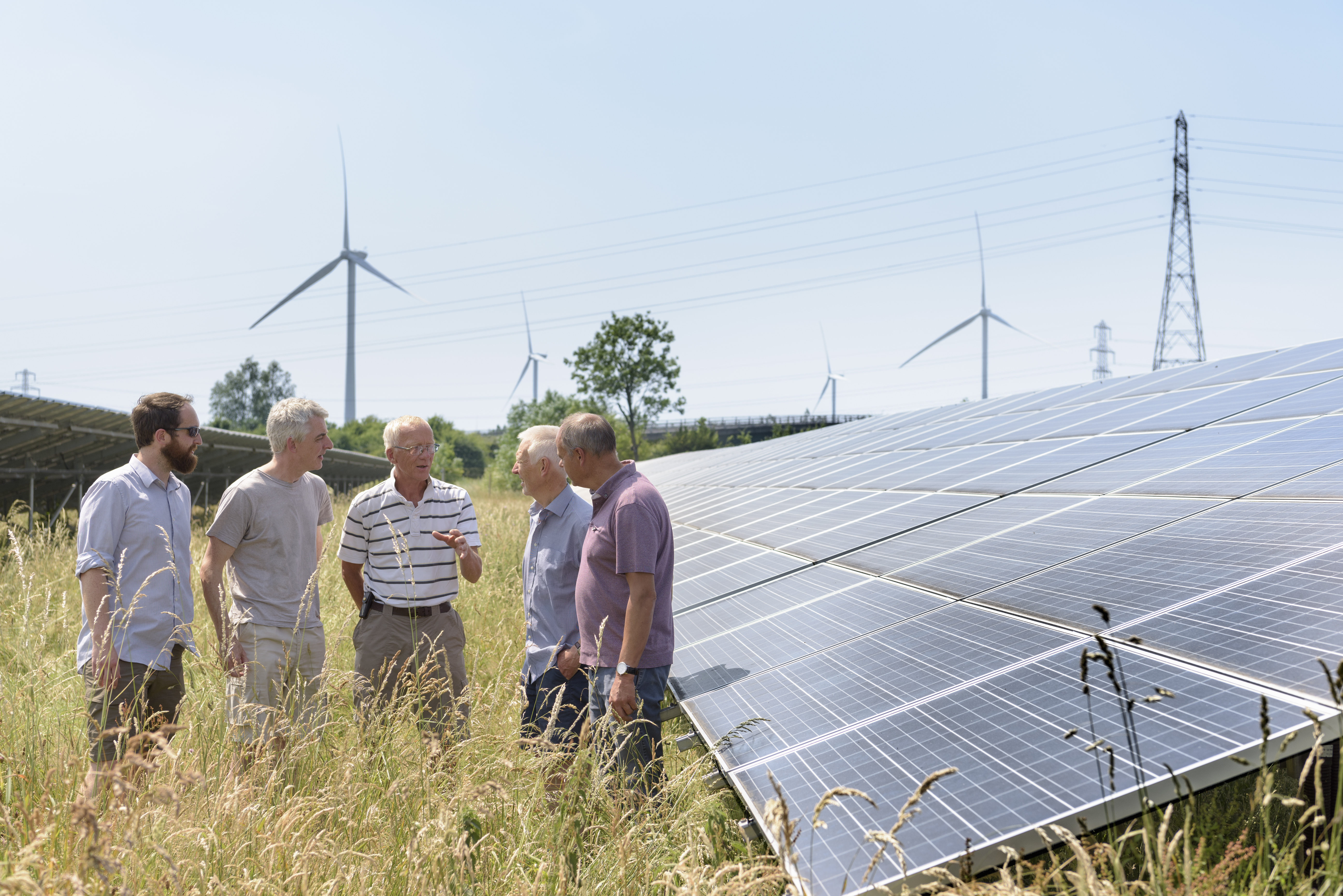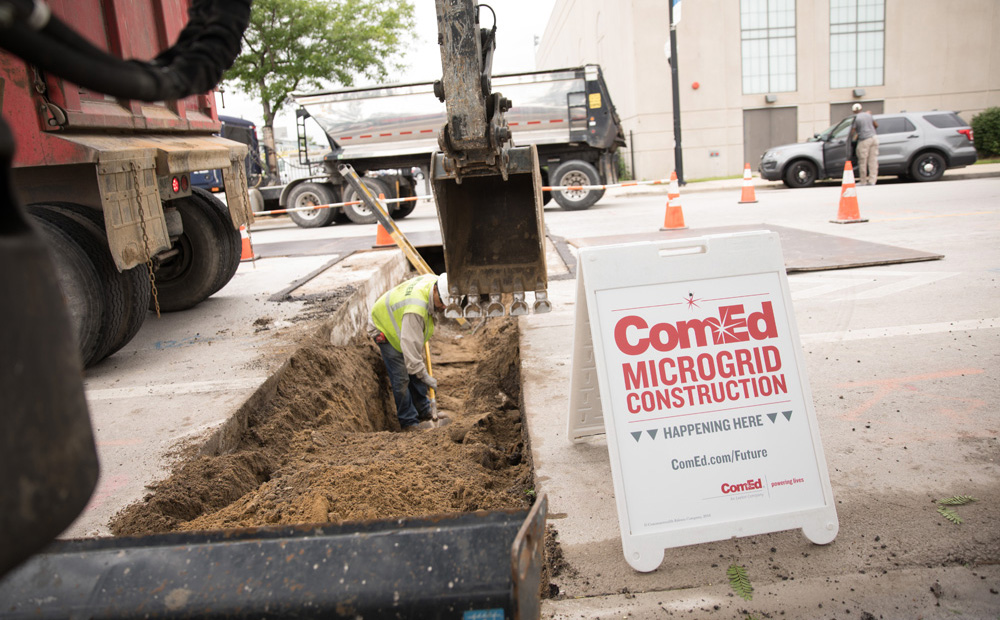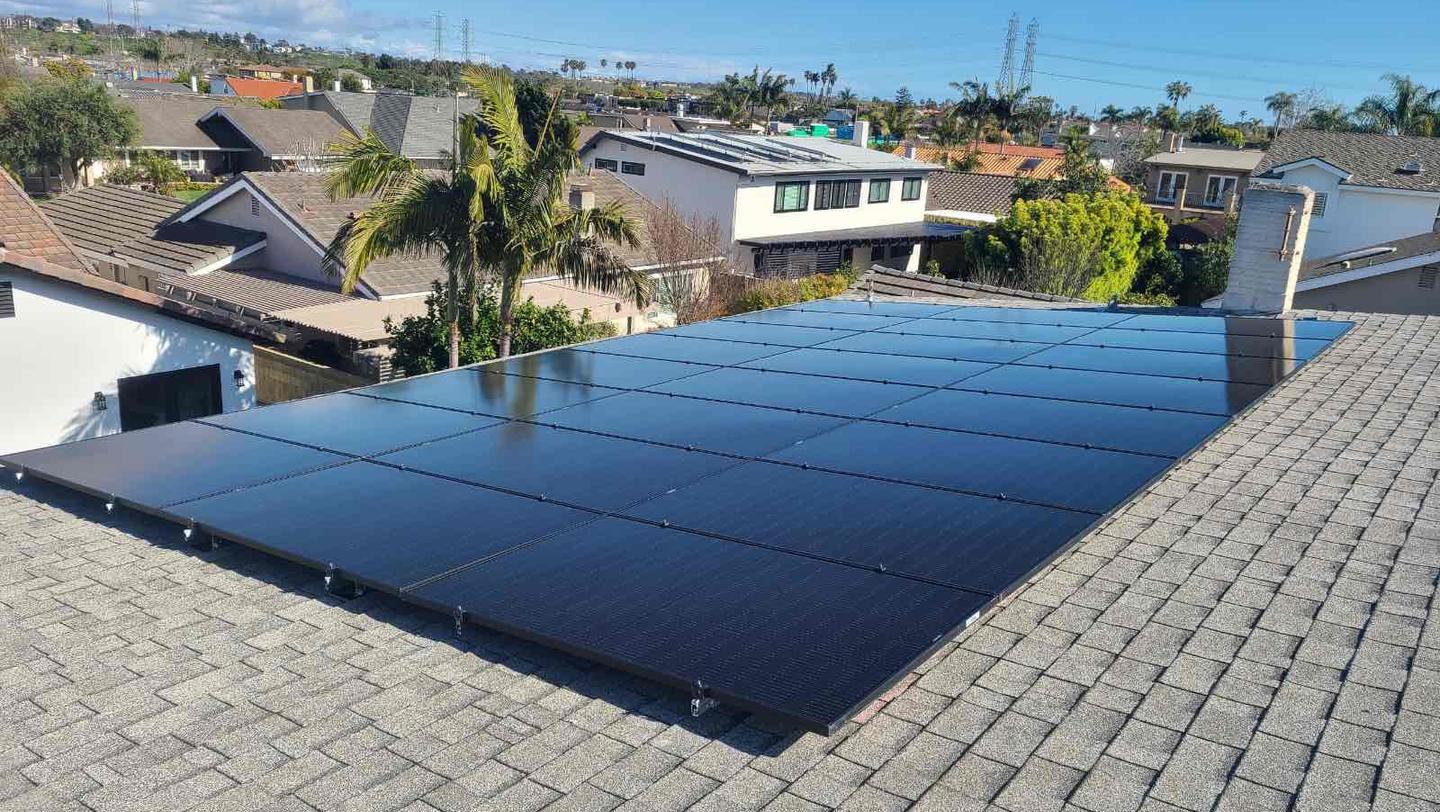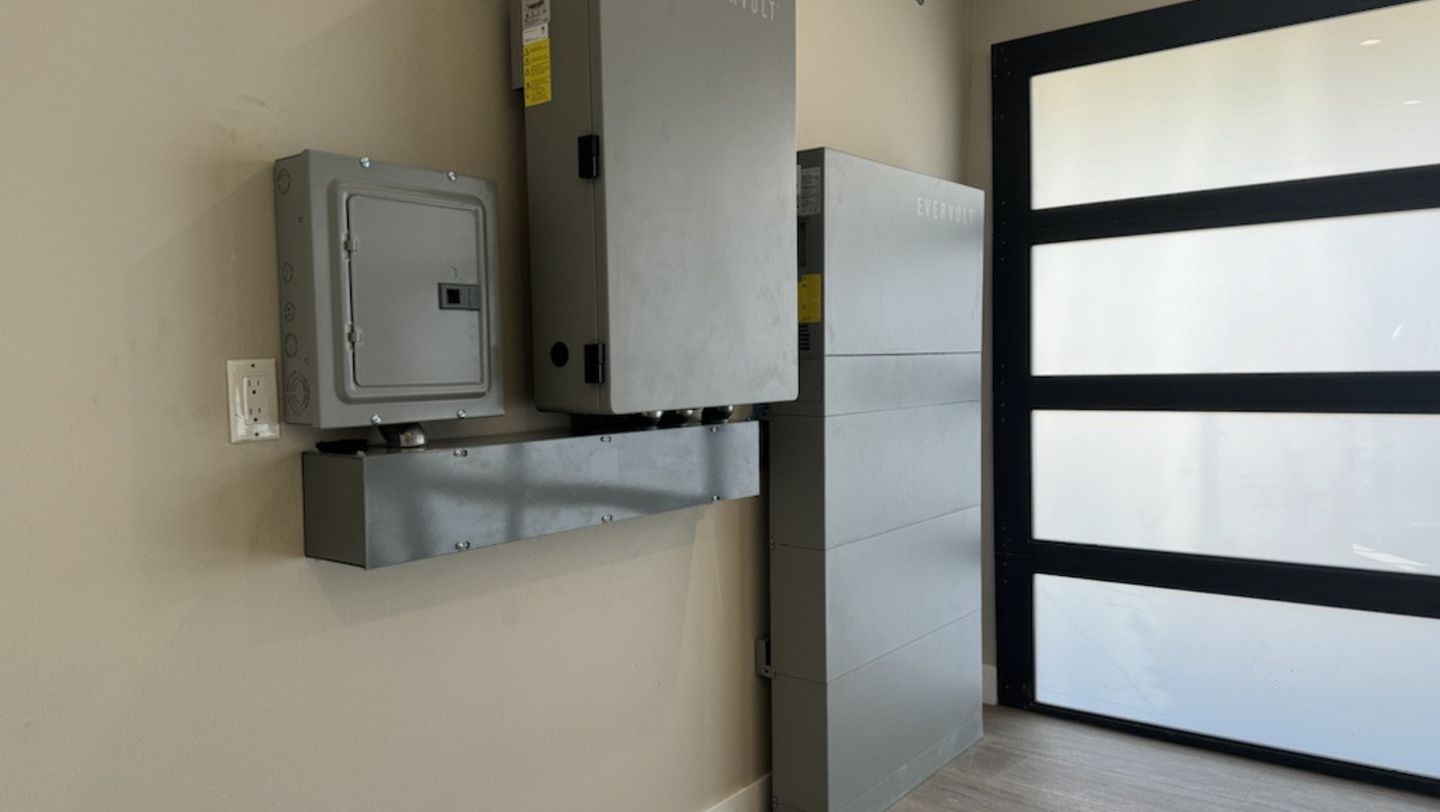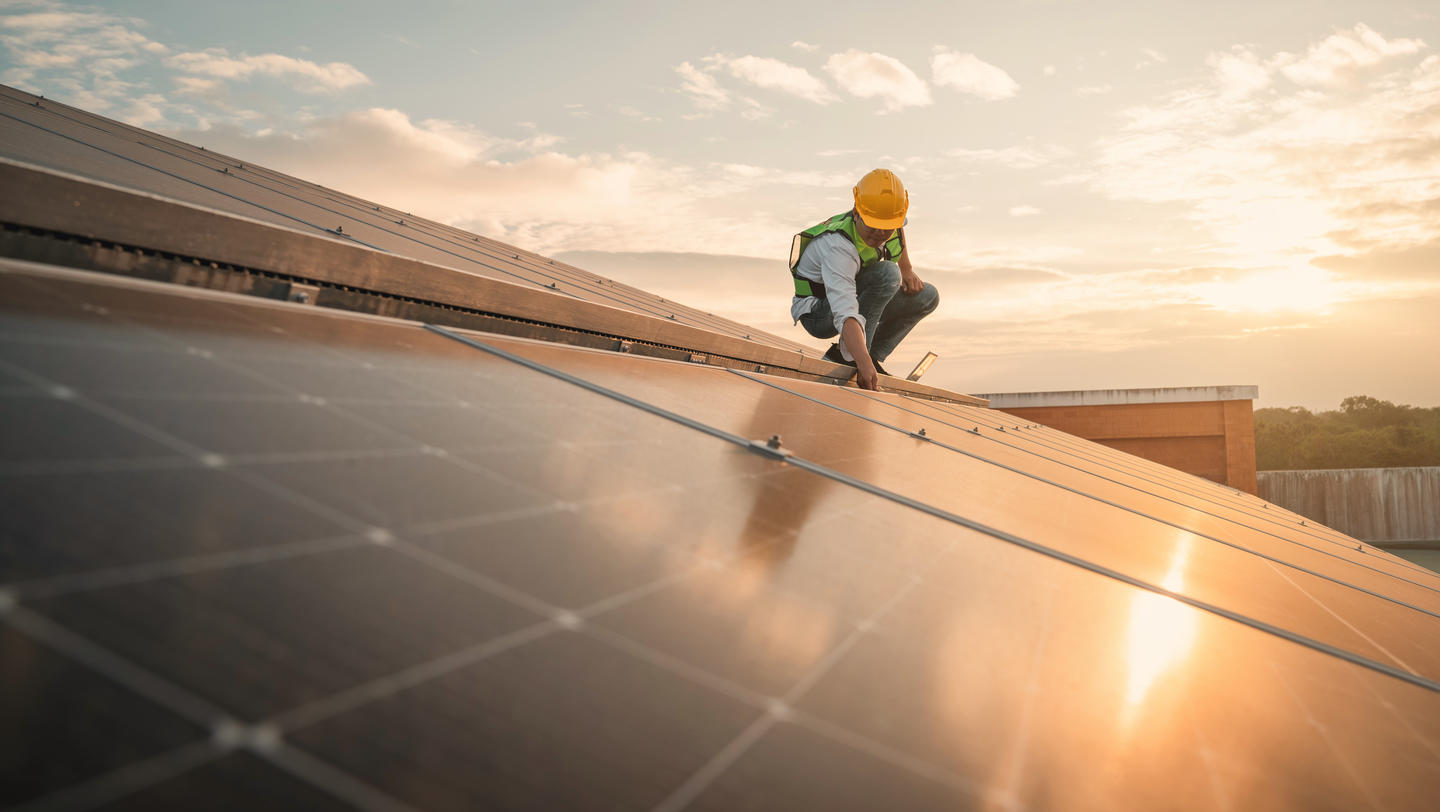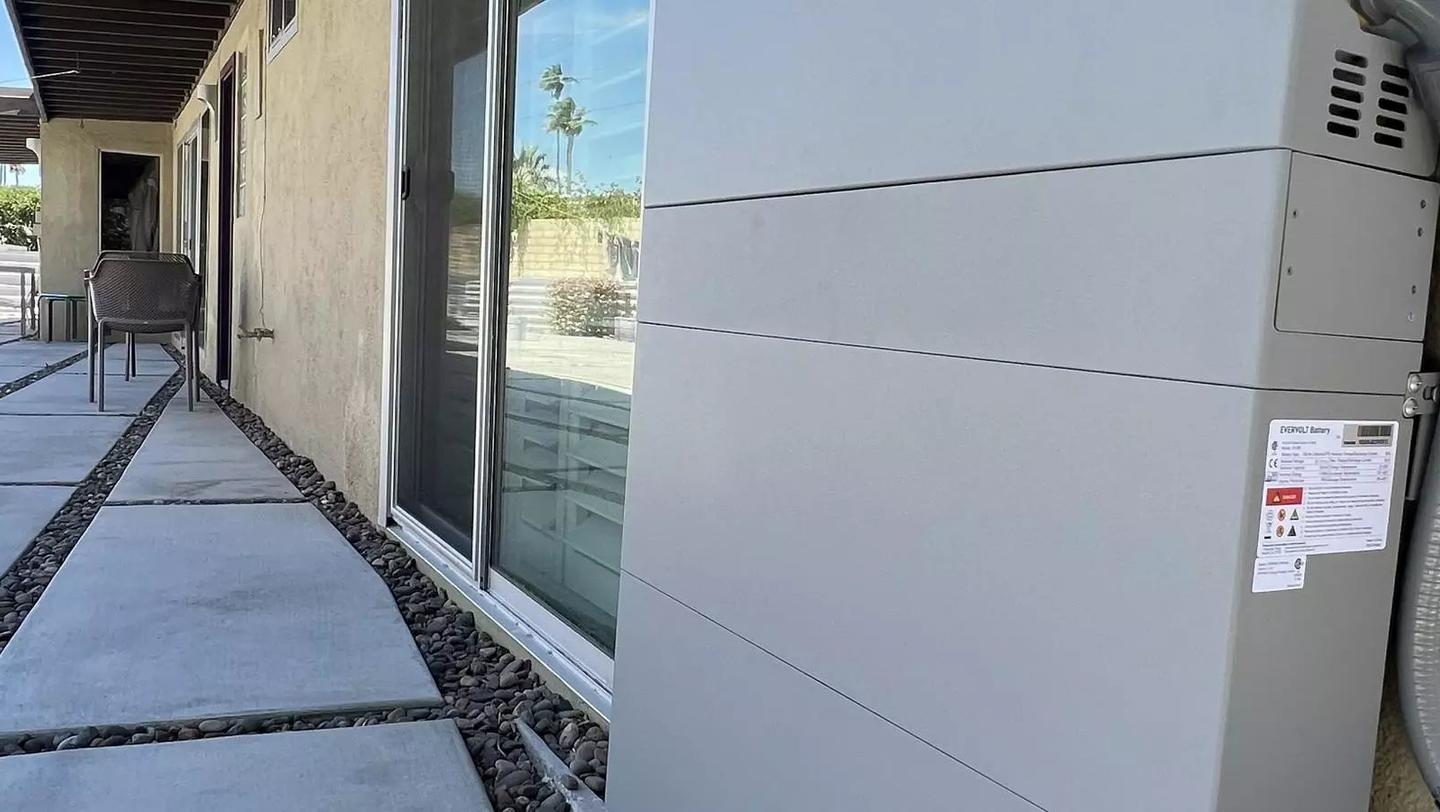Shining a light on solar power: How Chicago homeowners — and apartment-dwellers — can save with renewable energy

Shining a light on solar power: How Chicago homeowners — and apartment-dwellers — can save with renewable energy
As solar power spreads across the US, residents in cold weather states like Illinois are starting to realize they can benefit from solar too. This article points out where the potential savings are for Chicagoans, with insight from Panasonic Authorized Installer, Chicago-based Ailey Solar.
For years, Kate and Isaac Dole wanted to invest in solar powering their home, but raising three children meant their plans were consistently pushed to the back burner.
Finally, on President’s Day, they installed 15 solar panels on the roofs of their Wicker Park home and coach house, which they’ve owned since 2011. Although it was a significant investment – approximately $25,000 – the Doles believed it was a vital one for their children’s future. The family took out a home equity line of credit to make the transition, although they’ll recoup some of the cost with rebates and tax credits.
“For us, having a physical representation of our beliefs related to the climate, something physical to point to and experience with the girls, is important to us,” Isaac Dole said. “The economics were less important, honestly, than the impact to our electricity usage.”
They’re not alone; ComEd estimated that the number of its renewable energy customers skyrocketed in 2019, with more than 8,300 customers, mostly residential and using rooftop solar panels, offsetting energy costs with renewable sources – up from 900 in 2017. The utility provider said 14,000 customers applied for its net metering program in 2019, and 2,000 have already applied in 2020.
This year, solar power is likely to be a popular topic of conversation in Illinois, as options for renters enter the market and the state looks to boost its use of renewable energy over the next five years. As those efforts ramp up, some advocates say now is the time to get on board with solar, as current state and federal tax subsidies are making the investment more digestible.
State law mandates that 25% of electric power come from renewable sources by 2025. But the Illinois Power Agency predicted in June that current trends will only get Illinois to about 10% by 2030. Bills to renew funding for solar energy initiatives are winding their way through the state legislature as advocates warn that progress will stymie without more money.
Just this month, the IPA put commercial solar projects for public buildings and businesses on hold due to limited funds. Such projects will be wait-listed with no guarantee of approval, the IPA said Monday. However, the organization is hoping the Path to 100 Act will change that.
Ailey Solar, a McKinley Park-based firm for solar installations, has put solar systems in about 600 homes since it began working in the area in 2012, said co-founder Dorian Breuer. That amounts to about seven installations each month.
The panels work in conjunction with a battery. Energy stored within the battery can be used during peak hours, when the cost of electricity is at its highest and solar conditions are ideal.
According to Breuer, tax subsidies make it easier to get a return on the investment – think five to seven years to recoup the cost of the panels versus 15 to 18 years.
The cost can be cause for hesitation. Breuer said a solar system can range from $15,000 to $50,000, depending on how much energy you want to offset and the parameters of your home.
“I think the numbers still feel big for some people, but at the end of the day, newer financing options have become really competitive and lowered the barrier to entry to solar,” Breuer said.
To estimate the cost of installing a rooftop solar system on a home, ComEd created a cost calculator. Based on images of every rooftop in its territory, ComEd estimates how much energy a rooftop installation would yield, how much it would cost, and how long it would take to make up the initial investment.
For a two-story home in Bridgeport with a partly sunny roof, the calculator estimates it would cost as little as $6,900 upfront to offset 25% of energy use with nine solar panels, but half that cost could be reimbursed through federal income tax credits and the state’s Solar Renewable Energy Credit.
To offset 100% of energy use, it would cost an estimated $31,000 to $37,800 to install 41 solar panels, with tax credits covering about half. Doing so would eliminate an estimated 13,426 pounds of carbon dioxide each year – the equivalent of driving 15,000 miles.
Edguardo Maldonado of Merrillville, Indiana, put solar panels on his 8-by-12 shed about a year ago. He has noticed a decrease in his monthly electric bills of about $5 to $7 per month since the installation. Having been in the house since 2014, Maldonado plans on selling within the next two years.
“That’s going to be valuable to the next buyer,” Maldonado said of his solar panels. “The next house I buy, if they have (panels) in a house that I like, I’m going to jump all over it.”
Don’t own a single-family house? No worry. Apartment-dwellers can soon join community solar projects – large fields of solar panels built by a private developer, who then recruits homeowners to subscribe. Customers get credits from the state to reduce their electric bills, which allows people to help pay for and benefit from solar power.
The Citizens Utility Board, which advocates for Illinois energy consumers, evaluated three community solar projects as developers begin recruiting customers before the solar gardens power up later this year. The board noted a couple of key differences and advised customers to thoroughly examine any contracts for community solar before signing up.
Nexamp and Clearway, two such developers, will not charge customers until their solar projects go live, CUB said in its review of the services. Once they do, the community solar subscription will credit your current electric bill, reducing how much you pay to ComEd. The developers will also bill customers for the credits, but at a reduced rate meant to save money overall.
In contrast, Arcadia Power requires customers to switch from their current utility provider to its brokerage service, allowing Arcadia to purchase power for you and then bill you for it. Arcadia said it will eventually incorporate solar power into its energy sourcing, promising to save consumers 10% when it does.
Some apartment tenants, like residents in the Chicago Housing Authority’s Dearborn Homes, are already benefiting from solar power, according to Ellen Sargent, director of sustainable initiatives and projects for the CHA. With solar panels atop the 17 Bronzeville buildings and some west of the property, Sargent said the CHA anticipates saving 10% to 15% on the buildings’ electricity annually.
photo credit: Bronzeville Community of the Future
The cost savings, she added, will be passed on to CHA residents in the form of services like workforce development programs through the Future Energy Jobs Act, targeted to low-income populations to provide basic training for clean technologies like renewable energy.
“We’re trying to be as strategic as we can,” she said. “But we’re ready for the clean energy and renewable systems to benefit CHA and our residents.”
Dearborn Homes sits adjacent to the Illinois Institute of Technology campus, where engineers are working with ComEd to build a microgrid, a small power grid with defined boundaries that can operate in conjunction with the main power grid, or disconnect from it and operate independently when there might be an interruption on the main grid.
Illinois Tech’s microgrid was the nation’s first functional microgrid when it was created 10 years ago. Work continues on the system by Illinois Tech and ComEd researchers, said Shay Bahramirad, ComEd vice president of engineering and smart grid.
“When there’s a central generation, central control, the entire grid can go down, and our lives are very dependent on electricity,” Bahramirad said. “That (microgrid) means we can keep the very important parts of society up and running if something happens to the larger grid.”
Solar power gives customers greater control over their electricity, be it on a roof or through subscriptions from a developer who has built a solar community, Bahramirad said. By year’s end, the microgrid team will integrate the solar and battery aspects of the project and connect it all with the IIT microgrid.
“It’s a world of connectivity. If you think of social media, it applies to our business, too, so what we are trying to do is open up the system,” Bahramirad said. “If people can have more choices, they can contribute in a broader sense to the energy industry.”
This article is written by Darcel Rockett from Chicago Tribune and was legally licensed via the Tribune Content Agency through the NewsCred publisher network. Please direct all licensing questions to [email protected].
![]()

